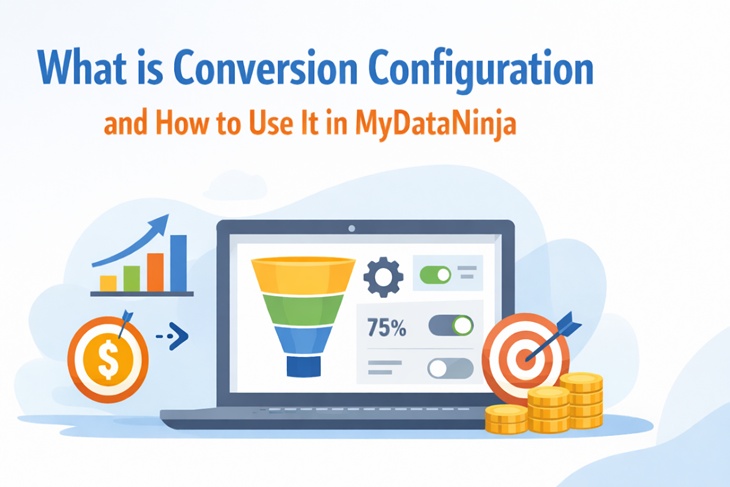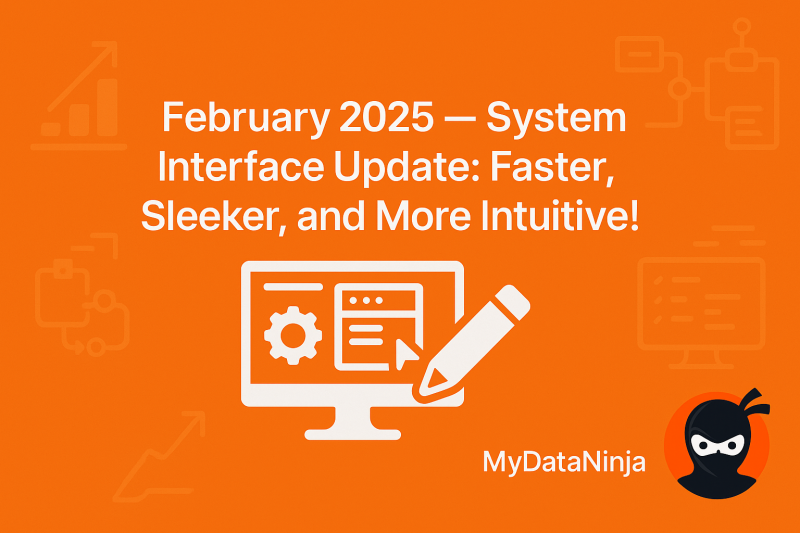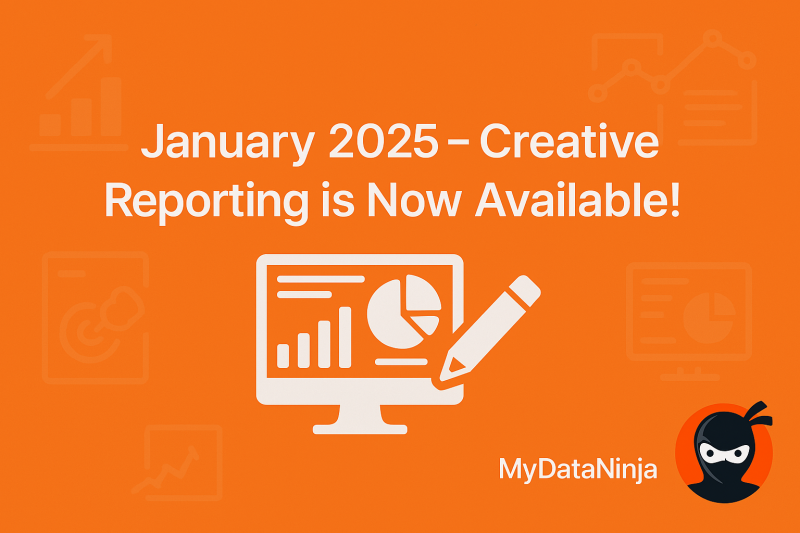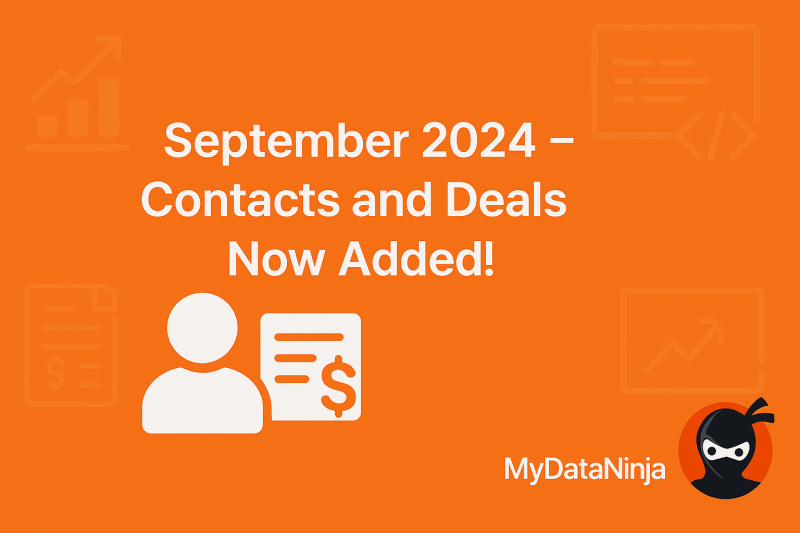
Choosing the right platform is crucial for any business looking to maximize its marketing efforts. In this field, Google and Facebook Ads are the most powerful ones out there. This is why, in today’s blog, I will try to compare those two, and maybe help you decide which one is the best for your business’s digital well-being.
Google Ads Overview
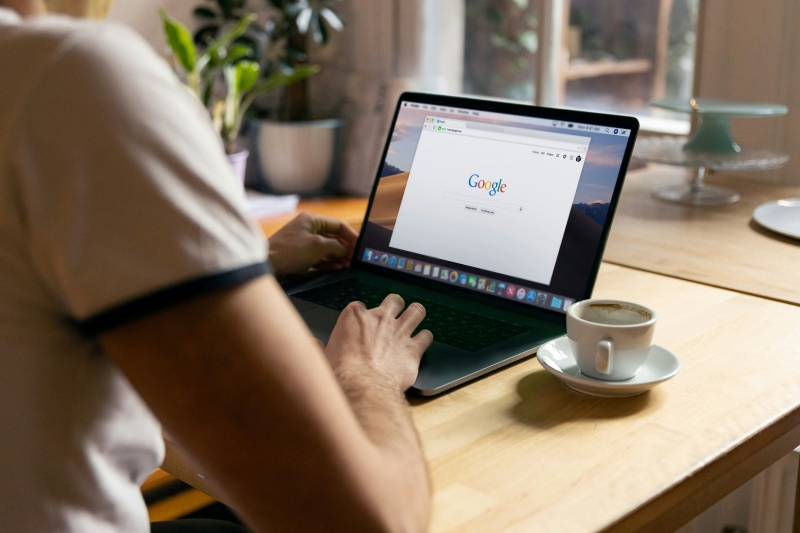
What is Google Ads? Google Ads is an online advertising platform developed by Google, where advertisers bid to display brief advertisements, service offerings, product listings, or videos to web users.
Key Features of Google Ads
There are different kinds of Google Ad formats, such as search Ads (Appear on Google’s search results pages), Display Ads (Shown on websites within the Google Display Network), Video Ads (Displayed on YouTube and other video partners), Shopping Ads (Showcase product images and prices in search results), and app promotion Ads to cater to different marketing needs. Targeting options include keywords, location, demographics, interests, remarketing, and device targeting, allowing precise audience reach.
Bidding strategies such as manual CPC, target CPA and maximize conversions help control Ad spend and optimize for specific goals. Ad extensions like Sitelink, call, and location extensions enhance ad visibility and engagement.
Performance tracking includes conversion tracking and Google Analytics integration, providing insights into Ad effectiveness. Ad scheduling and rotation features optimize when and how often Ads appear. Smart Campaigns automate Ad creation and targeting, ideal for small businesses.
A/B testing and experiment tools allow for continuous improvement of Ad performance. Budget management lets businesses set daily and shared budgets to control spending. Audience management includes custom and similar audiences for targeted engagement, while local campaigns drive offline sales by promoting physical store locations.
Targeting Options of Google Ads
Google Ads provides a variety of targeting options to help businesses effectively reach their desired audience. These include:
- Keywords: Ads are shown based on specific words or phrases users search for, making sure content is relevant to users
- Location: Target users in specific geographic areas, from countries and regions to cities and even specific radii around a location
- Demographics: Ads can be created based on age, gender, parental status, and household income to reach specific demographic groups
- Interests and Habits: Target users based on their interests, hobbies, and behaviors observed through their online activities
- Remarketing: Show Ads to users who have previously visited your website or used your mobile app, encouraging them to return and complete desired actions
- Device: Creates Ads to appear on specific devices such as desktops, mobile phones, or tablets, optimizing for the user experience on different platforms
- Custom Audiences: Creates tailored audiences based on specific criteria such as past interactions, purchase history, or website visits to reach users most likely to convert
- Similar Audiences: Reach new users with characteristics similar to your existing customers, expanding your audience base
- Life Events: Target users undergoing significant life changes such as moving, graduating, or getting married, aligning ads with key moments
These options allow highly focused Ad campaigns, ensuring advertisements are shown to the most relevant and engaged users.
Cost Structure of Google Ads
We have 3 main cost structures in Google Ads, they are CPC, CPM, and CPA. I’m sure you are wondering what these letters mean, let me explain.
CPC (Cost Per Click)
- Advertisers pay for each click on their Ads
- Used for campaigns focused on generating traffic or direct responses
- Cost is based on bids and actual clicks received
CPM (Cost Per Thousand Impressions)
- Advertisers pay for every 1,000 impressions of their advertisement
- Used for brand awareness campaigns
- Cost is based on bids per thousand impressions
CPA (Cost Per Acquisition)
- Advertisers pay when an advertisement leads to a specific action or conversion
- Used for performance-based campaigns
- Cost is based on achieving conversions or actions
Advantages of Google Ads
To be honest, advantages might vary based on your likings, experiences, and brand needs, but I will still give you three of my favorite Google Ads advantages.
High Intent Users (Searching for Specific Keywords)
Google Ads allows advertisers to target users who are actively researching keywords related to their products or services. This means that Ads are shown to individuals who are already interested in or looking for what the brand offers. This increases the likelihood of engagement or conversion because the user is actively seeking relevant information or solutions. By good research and bidding, as well as writing a compelling copy, advertisers can effectively capture the attention of these high-intent users and push them to either engage or convert.
Extensive Reach Across Google Search and Display Network
Google Ads offers extensive reach across Google Search and the Google Display Network (GDN). On Google Search, Ads appear alongside search results, capturing users who are actively seeking related products or services. This placement targets immediate demand effectively. The GDN extends Ad reach to millions of websites, apps, and videos, reaching users based on interests and behaviors. This dual-channel approach maximizes visibility across various customer journey stages, from awareness to conversion, enhancing campaign effectiveness.
Powerful Analytics and Reporting Tools
Google Ads provides powerful analytics tools for advertisers to track metrics like clicks, impressions, conversions, and conversion rates. Features such as conversion tracking help attribute successes to specific Ads, keywords, or campaigns, optimizing ROI. Integrated with Google Analytics, it offers deeper insights into user behavior across platforms, enhancing campaign effectiveness and achieving advertising goals efficiently.
Overall, Google Ads gives advertisers comprehensive tools for targeted advertising, extensive reach through the Google Display Network, and data-driven insights to achieve advertising goals effectively.
Facebook Ads Overview

What is Facebook Ads? Facebook Ads is a social media advertising platform that allows businesses to reach a highly targeted audience on Facebook and Instagram.
Key Features of Facebook Ads
Facebook Ads includes several key features designed to maximize engagement and effectiveness. Image Ads allow advertisers to convey simple yet impactful messages using single images, while Video Ads capture attention with dynamic video content.
Carousel Ads enable the display of multiple images or videos in a single Ad, creating interactive engagement. Collection Ads showcase product offerings, providing a seamless shopping experience directly within the Ad. This variety of formats caters to various marketing goals, helping businesses to effectively reach and engage their target audience on Facebook and Instagram.
Targeting Options of Facebook Ads
Facebook Ads offers several powerful targeting options:
- Interests: Target users based on their interests, hobbies, and activities, allowing advertisers to reach people with specific passions or affiliations relevant to their products or services.
- Behaviors: Reach users based on their purchasing behavior, device usage, travel preferences, and other specific actions they take on and off Facebook, providing insights into consumer habits and preferences
- Demographics: Target users based on age, gender, education, relationship status, job title, and other demographic factors, ensuring ads are tailored to specific audience segments
- Custom Audiences: Upload your own customer lists or use website visitor data to create custom audiences, allowing advertisers to reach existing customers or engage with users who have shown interest in their brand
- Lookalike Audiences: Target new users who share similarities with your existing customer base or custom audiences, leveraging Facebook’s algorithms to find users with comparable characteristics and behaviors
These targeting options enable precise audience segmentation and personalized Ad delivery, helping advertisers maximize advertisement relevance and effectiveness on Facebook.
Cost Structure of Facebook Ads
Let’s take a look at Facebook Ads cost structure.
- CPC (Cost Per Click): Advertisers pay for each click their advertisement receives. This model is ideal for campaigns focused on driving traffic to a website or encouraging specific user actions
- CPM (Cost Per Thousand Impressions): Advertisers pay for every 1,000 impressions, regardless of clicks. CPM is effective for increasing brand visibility and reaching a broad audience
- CPA (Cost Per Action): Advertisers pay when users take specific actions, such as app installs, video views, or completing a form. CPA campaigns are performance-driven, focusing on achieving measurable results
These cost structures provide flexibility for advertisers to choose the most suitable option based on their campaign objectives and budget, whether it’s maximizing clicks, increasing brand awareness, or driving conversions.
Advantages of Facebook Ads
Again, the same in this situation, advantages may vary depending on your liking and experience, but still, I will tell you about three of my favorites.
Highly Detailed Targeting Options:
Facebook Ads offer extensive targeting capabilities based on users’ interests, behaviors, demographics, and connections. This allows advertisers to precisely reach their desired audience segments, making sure Ads are relevant and personalized. Detailed targeting improves campaign effectiveness by connecting brands with users who are most likely to engage or convert.
Visual and Engaging Ad Formats:
Facebook Ads support visually compelling formats such as image Ads, Video Ads, Carousel Ads, and Collection Ads. This is why most of the Facebook Ads are visual content. These formats maximize the power of visuals to capture attention and convey brand messages effectively. Video Ads, in particular, can tell stories and dynamically showcase products, enhancing engagement and influencing purchase decisions directly within the Facebook feed.
Strong Social Interaction and Engagement:
Facebook Ads benefit from the platform’s social nature, supporting interactions such as likes, comments, and shares. This social engagement not only amplifies the reach of Ads through organic sharing but also improves brand credibility and trustworthiness. Users’ interactions with Ads contribute to social proof, influencing others’ perceptions and behaviors positively.
These advantages make Facebook Ads a powerful tool for advertisers looking to leverage detailed targeting, visually engaging formats, and strong social interaction to achieve their marketing objectives effectively on the platform.
Comparison of Google Ads and Facebook Ads
Now, let’s do a little comparison between these 2 tyrants.
Audience Reach and Targeting Capabilities
- Google Ads: Best for capturing high-intent users actively searching for specific terms.
- Facebook Ads: Excellent for detailed targeting based on interests and behaviors.
Cost and ROI Analysis
- Google Ads: Typically higher CPC but can lead to higher conversion rates due to user intent.
- Facebook Ads: Generally lower CPC, excellent for brand awareness and reaching a broad audience.
Ad Formats and Creative Options
- Google Ads: Text-based search ads, display banners, shopping ads, and video ads.
- Facebook Ads: Image, video, carousel, collection, and dynamic ads with strong visual appeal.
Google Ads Pros
- High-intent audience
- Wide reach through Search and Display Network
- Detailed keyword targeting
Google Ads Cons
- Higher cost per click
- Competitive bidding can increase costs
Facebook Ads Pros
- Detailed targeting based on interests and behaviors
- Engaging ad formats
- Lower cost per click
Facebook Ads Cons
- Users may not have an immediate purchase intent
- Can be less effective for direct-response campaigns
Determining the Right Platform for Your Business
In conclusion, it all comes down to your preferences and brand type. Facebook and Google Ads are both amazing, with their pros and cons. To be honest, in my opinion using both of them at the same time is a great idea as well, but it can be a bit overwhelming. Analyzing this much data at the same time is not an easy task, but no need to worry. MyDataNinja can help you monitor Google and Facebook Ads together, in one easy-to-use platform. Also in MyDataNinja, you can create or integrate CRM, for better and easier data management.
Join us and get a 7-day free trial. For more information, feel free to read our blogs or contact the support team.




